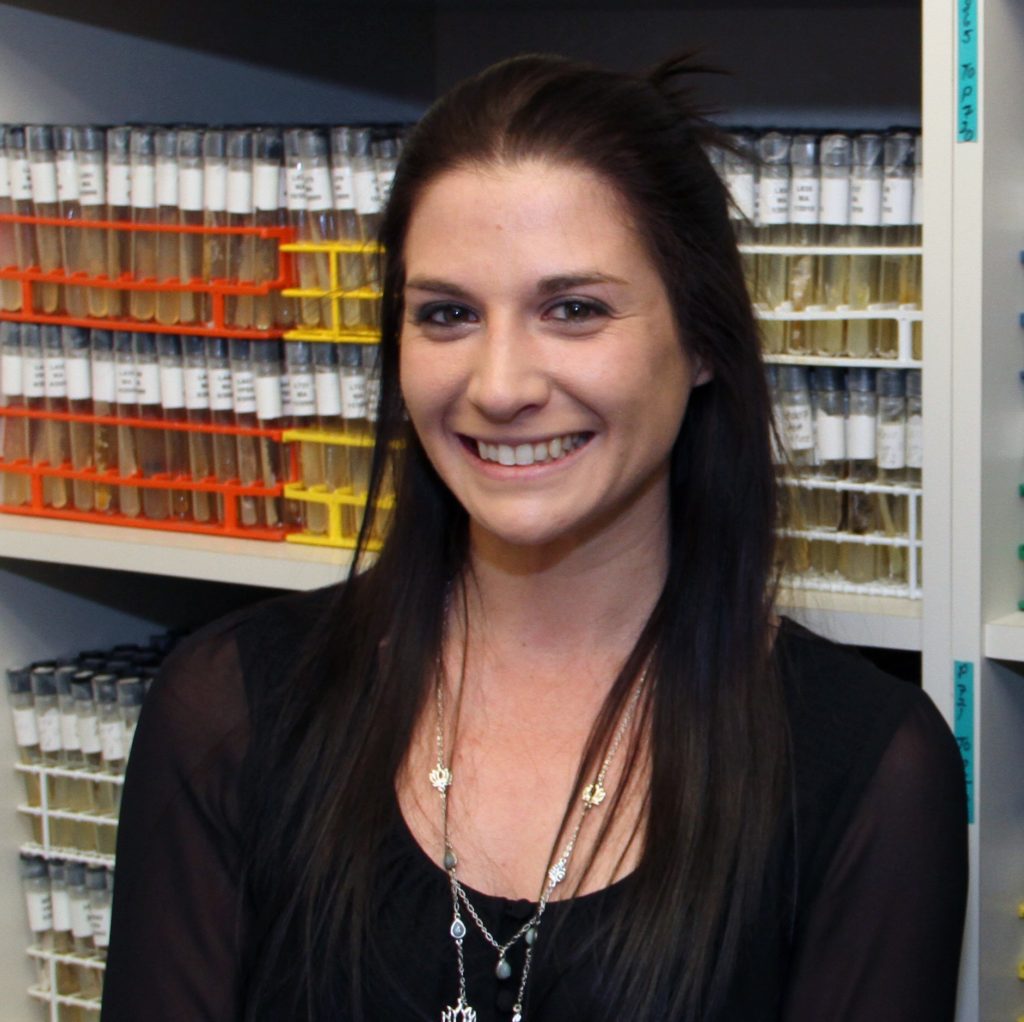Have you ever wondered what it’s like to catch a fish? How about SIX HUNDRED of them? Today’s guest has done just that. We’re chatting with Dr. Gabby Barbarite, Harbor Branch Oceanographic Institute’s Director of Outreach and Engagement, and expert fisherwoman. She caught 600 fish one by one in order to learn the patterns of a flesh eating bacteria. Gabby’s research has educated tens of thousands of people about the very waters they swim in, and paved the way for future studies.
Today we learn about:
- the life and science behind marine microbiology
- what it’s like to catch 600 fish
- Vibrio vulnificus, or flesh eating bacteria, where it lives, and how you interact with it
- what it’s like to dive in a submarine 3000 feet below the surface of the sea
Quick Links
Harbor Branch Oceanographic Institute
Dr. LaPointe Harmful Algae Bloom (HAB) research
Flesh Eating Bacteria (Vibrio vulnificus)
Indian River Lagoon
Genus (Linneaus)
Gabby’s Vibrio Fact sheet
HBOI Vibrio website
Dr. Kajura’s Shark Lab
Dr. Tammy Frank
Johnson Sea Link Submersible
Nova Southeastern University
Peter McCarthy (Gabby’s advisor)
Master’s along the way
HBOI Ocean Discovery Visitor’s Center
swordfish
Isla Mujeres Whale Shark Aggregation
Show Notes
2:20 traveling while in high school and working as a dive master
3:20 where Gabby volunteered during undergrad
4:15 what is Harbor Branch and can I go?
5:05 favorite marine biology classes
7:20 flesh eating bacteria?! Gabby’s PhD research
11:50 where vibrio lives
13:51 what it’s like to catch 600 fish!
16:35 fish mucus is dependent on its environment (makes sense!)
20:50 Gabby’s favorite part about her research
25:23 Killer microbes! (but you can beat them!)
26:14 what Gabby originally started her PhD studying (it wasn’t microbes!)
28:40 looking at bioluminesence in a SUBMARINE!
29:46 what it is like to be in 3000 feet of water.
31:45“but it’s for science!” stories from my professors
33:19 bullshark vision project
35:58 what you do when you’re on the market for a new lab
36:32 how to create a PhD thesis
38:10 what determines the length of your PhD thesis
39:20 Gabby’s advice for grad school
40:00 What Gabby does now that’s she’s graduated with her PhD
41:40 how to get your grad school paid for by Harbor Branch Oceanographic
43:03 “a swordfish’s bill got stuck in the side of my submarine”
47:27 Gabby’s favorite part about her current job
49:20 a marine microbiologist’s most frequently asked questions
50:50 Gabby’s advice for aspiring marine biologists: “be open. Get experience.”
52:54 the microbiologist’s favorite sea creature? Megafauna!
